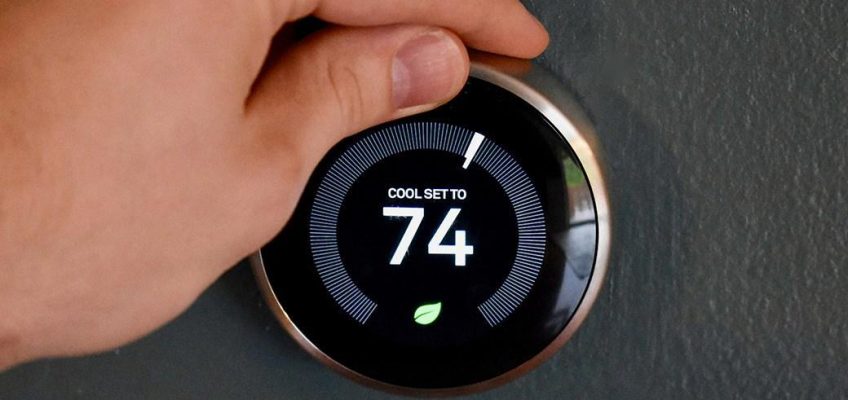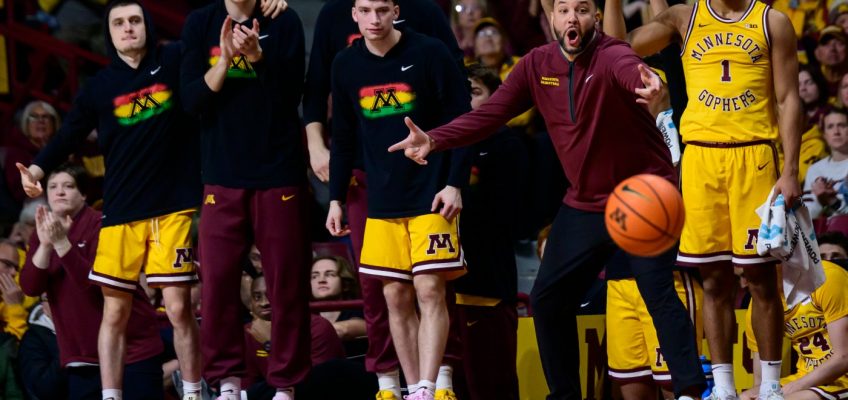Which Nest thermostat is best?
Smart thermostats are one of the best ways to keep your home at a comfortable temperature while simultaneously saving money on your energy bill every month. Without a doubt, Google Nest devices lead the pack when it comes to overall functionality, and many would say aesthetics as well.
If looking for the most advanced functionality and the highest level of compatibility with various HVAC units, the Google Nest Learning Thermostat 4th Generation should be your go-to choice. It offers machine learning and boasts the company’s Farsight feature that automatically lights up when it detects you in the room. Also, it comes in several metallic finishes that give it a sleek look.
What to know before you buy a Nest thermostat
Nest thermostats can save you money
Many people buy Nest thermostats simply for their convenience. They integrate with Alexa for voice control and also operate remotely via the associated application. There is another excellent reason for buying a Nest thermostat, though, and that is they can save you money.
Based on reports published by Google, installing a Nest thermostat in the home saves consumers an average of 15% on their cooling bills and 10-12% on their heating bills. If you prefer to get your information from unbiased third parties, you’ll be interested to learn that many actual users say they save from $10-$20 a month.
Nest thermostats accomplish this in several ways, including scheduling, machine learning, HVAC monitoring and geofencing. You can also improve your Nest’s ability to save you money by adding sensors in different rooms of your home.
Energy usage reports
Nests tracks your HVAC system’s energy use and produce a monthly report. The report shows metrics, including how much the system runs, how energy use compares month-to-month, the impact of weather on energy use and more. With this information, you’ll be more aware of your energy usage, so it will be easier to make informed decisions that can save you additional money on your heating and cooling bills.
Compatibility
Nest thermostats are compatible with most HVAC systems, but not all. The few systems that are not compatible include proprietary and high-voltage systems, millivolt heaters, microcontroller systems that lack a C-wire and solid-fuel systems. They may also not work with systems that use wired remote sensors. A complete list of compatible systems is available on the company’s support website.
Features to look for in a Nest thermostat
Machine learning
The Nest Learning and Nest E models have a machine learning feature that will automatically create a custom schedule based on your usage habits. Use the associated app to adjust the temperature as needed. Over time, the thermostat learns household preferences, removing the need for manual adjustments. This feature is the default setting, but you can turn it off.
Scheduling
The basic Nest Thermostat, the company’s most affordable model, doesn’t have machine learning. However, it can still save you money through the use of its scheduling feature. During the initial setup, it prompts the user to set a heating and cooling schedule manually. Alternatively, users can use the Quick Schedule feature, which creates a program based on the national average’s most efficient schedule.
Display
Your Nest thermostat may have a frosted mirror display that blends in with the outer ring or a high-resolution color display, depending on your chosen model. Both feature easy-to-read digits, but the high-resolution color display also boasts Farsight, which allows it to automatically light up and show the time, current temperature, target temperature and weather when it detects you across the room.
Housing color and material
Most nest thermostats come in several colors so that you can match them to the decor of your home. Depending on the model you choose, it may have a metal ring around the exterior or an all-plastic housing.
How much does a Nest thermostat cost?
Nest thermostats cost $100-$250, but you can find more expensive packages bundled with up to three remote sensors.
Nest thermostat FAQ
Are Nest thermostats difficult to install?
A. Most people will find the Nest thermostat relatively easy to install in 30 minutes or less as long as you already have all of the existing wiring. If you need to install new wiring and aren’t familiar with electrical work, it may be better to hire a professional.
Do Nest thermostats work without Wi-Fi?
A. A Nest thermostat can function without an internet connection, but functionality is limited to the programmable, nonsmart thermostat.
What is the best Nest thermostat to buy?
Top Nest thermostat
Google Nest Learning Thermostat 4th Generation
What you need to know: Google’s most advanced model, the Nest Learning 4th Generation, includes tons of features that save money without sacrificing comfort.
What you’ll love: It has a premium look with its bright, high-resolution display and a metallic ring available in several finishes. Also, it offers the Farsight feature so you can easily see the current temperature and other pertinent information from across the room.
What you should consider: It tends to stand out noticeably on a wall rather than blend in with it.
Top Nest thermostat for the money
What you need to know: The affordable price of the basic Nest Thermostat makes it a good choice for those on a tight budget who still want to give their HVAC smart functionality.
What you’ll love: You can manually program it with a custom schedule that fits your lifestyle, and the mirrored display gives it a discreet look that blends into walls well.
What you should consider: It isn’t compatible with as many HVAC systems as other models.
Worth checking out
What you need to know: Other than Farsight, The Nest Thermostat E offers nearly all the same functionality as the Nest Learning 4th Generation but at a lower price.
What you’ll love: It automatically adjusts itself to an eco-friendly temperature when you leave the house, and it notifies you with a leaf logo when you have manually chosen an energy-saving temperature.
What you should consider: It only comes in white.
Prices listed reflect time and date of publication and are subject to change.
Check out our Daily Deals for the best products at the best prices and sign up here to receive the BestReviews weekly newsletter full of shopping inspo and sales.
BestReviews spends thousands of hours researching, analyzing and testing products to recommend the best picks for most consumers. BestReviews and its newspaper partners may earn a commission if you purchase a product through one of our links.




